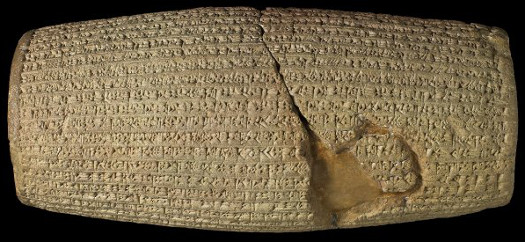You are seeing an unstyled version of this site. If this is because you are using an older web browser, we recommend that you upgrade to a modern, standards-compliant browser such as FireFox [http://www.getfirefox.com/], which is available free of charge for Windows, Mac and Linux.

There are numerous official inscriptions of the rulers of the Persian Empire (559-330 BC), most of which are written on buildings and rockfaces in Iran (especially in the cities Persepolis and Susa); some are known from portable palatial property (e.g., stone or metal vessels, beads). Many of the attested royally commissioned texts written in Old Persian are accompanied by Elamite and Akkadian (Babylonian dialect) versions. Extant monolingual Akkadian inscriptions, like the famous and important "Cyrus Cylinder," are rare. At present, this website includes three Akkadian inscriptions of Cyrus II (including the "Cyrus Cylinder"), together with a few resources and materials for their study and their historical context.
RIBo, a sub-project of the Official Inscriptions of the Middle East in Antiquity (OIMEA) Project, publishes in a single place easily accessible and annotated (lemmatized) editions of Akkadian and Sumerian royal inscriptions from Babylonia that were composed between 1157 BC and 64 BC. The corpus of edited texts in this RIBo sub-project ("Babylon 8") presently includes:
